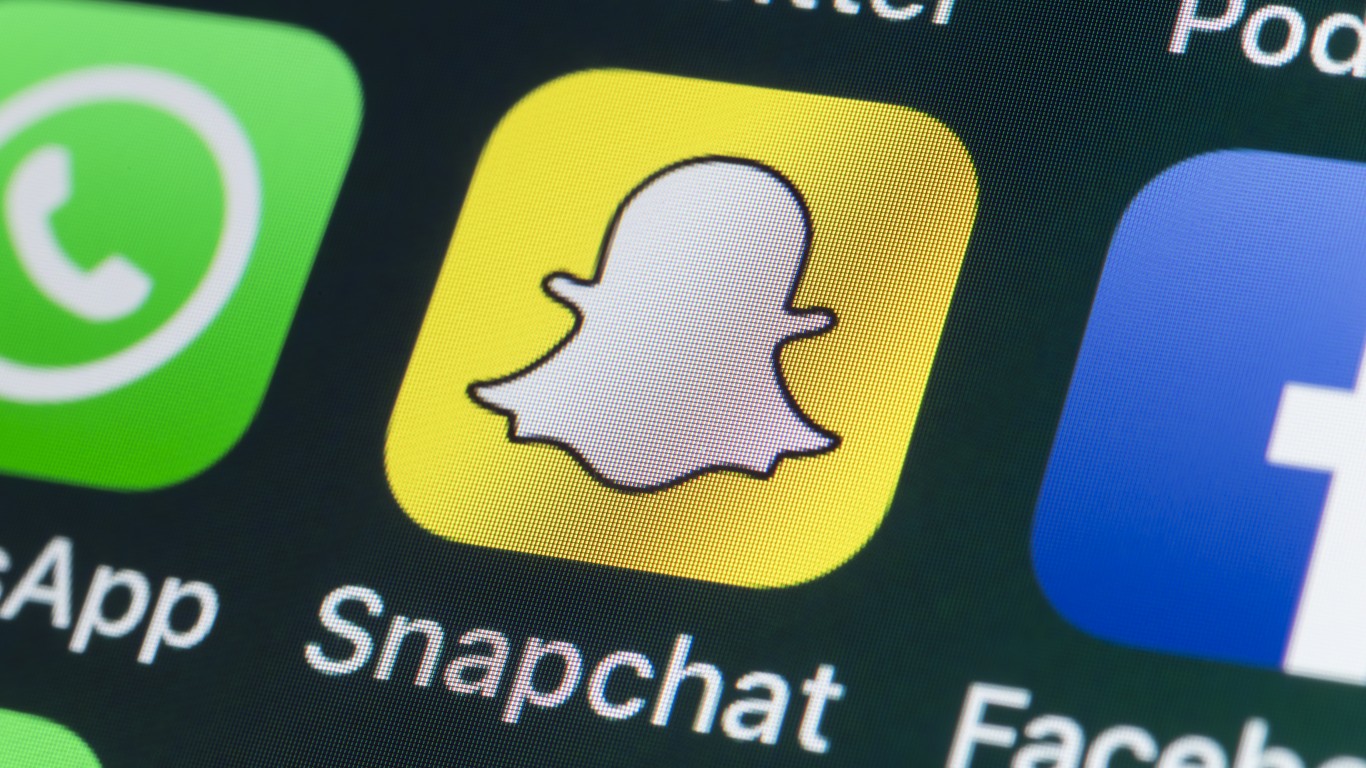
Since posting a year-to-date high near $42 a share in mid-February, Uber Technologies Inc. (NYSE: UBER) stock tumbled to a low below $18 in mid-March before recovering to around $35 last Friday. The ride-hailing and food delivery service has pretty much followed the trajectory of other tech stocks.
Apple stock, for instance, is up about 8.4% for 2020, and Netflix is up about 28%. Uber’s share price has risen more than 16% since January 1. The S&P 500 is down more than 7% in the same period.
The coronavirus pandemic slashed the company’s ride volume by 80% in April, following a first-quarter gain of 7%. In the first quarter, Uber reported a net loss of $2.9 billion, nearly three times its reported loss in the same period of last year. Second-quarter results are likely to be even worse.
On Monday, Uber cut its workforce in India by 25%, firing some 600 drivers in the company’s largest Asian Market. The job cuts mark the latest step in Uber’s cost-cutting and capital management strategy that has or will result in the closure of 45 company offices and the elimination of some 6,700 jobs.
However, where Apple and Netflix have been able to weather the COVID-19 storm without laying off employees, Uber has cut about a quarter of its pre-pandemic employees.
The company’s cash pile is nowhere near the size of Apple’s. Uber reported $9.0 billion in cash and equivalents at the end of the first quarter of the year. At the end of December, Uber’s cash hoard totaled $11.3 billion.
Stop the Bleeding
Uber CEO Dara Khosrowshahi had no choice but to halt the company’s cash burn. Wall Street expects companies to conserve cash as a top priority when times get tough, and there’s no better way to save money than by firing employees.
Khosrowshahi said he had to face reality: “I realized that hoping the world would return to normal within any predictable timeframe, so we could pick up where we left off on our path to profitability, was not a viable option.”
Along with several other steps, Uber expects to chop its costs by about $1 billion this year. That could push profitability even further into the future, and that future remains cloudy.
Counting on Food Delivery Won’t Close the Revenue Gap
The company’s Uber Eats food delivery service has given Uber stock a shot in the arm. Uber’s reported interest in acquiring Grubhub Inc. (NYSE: GRUB) is widely interpreted as a positive move for Uber.
Still, Uber Eats generated just $820 million in first-quarter revenues, a year-over-year increase of 53%. The company’s ride service posted revenues of $2.47 billion in the quarter, up just 2% year over year. Even another 50% increase in Uber Eats revenues is unlikely to make up for the hit to ride service revenues in the second quarter.
Competition in the food delivery business is fierce, with no truly high barriers to entry. A local delivery service may not be able to create an app that allows passengers to dial up a ride, but local restaurants can offer delivery services, either singly or in a group, so they don’t have to pay Uber or Grubhub for services.
Restaurant owners in New York have filed a class-action lawsuit alleging price gouging during the coronavirus pandemic. Uber and the others also have been alleged to fix prices, a violation of federal antitrust law.
In addition, there’s no guarantee that food delivery will be robust once the pandemic is controlled. There is a lot of chatter about how the world has changed and will remain changed due to the impact of COVID-19, but prognosticators have been wrong before.
A Bet on Reversing an Unfriendly California Law May Lose
A California law that went into effect in January requires ride-hailing services like Uber and Lyft Inc. (NASDAQ: LYFT) (both of which are headquartered in San Francisco) to treat their drivers as regular employees, not independent contractors.
In addition to the restaurant owners’ lawsuit in New York, Uber is having legal troubles in other states. Last November, New Jersey slapped the company with a $649 million fine, claiming Uber owes the state $530 million in unpaid unemployment insurance taxes. The additional $119 million reflects interest on the unpaid taxes. A report in California figures Uber owes the state $413 million in unemployment costs.
Other states, including New York, Oregon and Washington, are considering legislation similar to California’s that would force the companies to treat drivers as employees.
Drivers who set up small businesses to manage their work for Uber may qualify for small business loans that could be forgiven. Drivers who have been laid off or who have quit driving for fear of bringing COVID-19 into their homes are not eligible for the federal government’s Payroll Protection Plan (PPP) but can file instead for unemployment benefits under a different federal relief program.
The Pandemic Unemployment Assistance (PUA) program provides unemployment benefits to self-employed people and independent contractors. Some drivers are reluctant to file for the PUA benefits because they are afraid that the ride-share companies will point to that filing as evidence that drivers consider themselves to be independent contractors, not regular employees.
If, as Lyft and Uber claim, most of their drivers prefer independent contractor status, then why should drivers be wary of applying for help from a program that costs the companies nothing?
Want to Retire Early? Start Here (Sponsor)
Want retirement to come a few years earlier than you’d planned? Or are you ready to retire now, but want an extra set of eyes on your finances?
Now you can speak with up to 3 financial experts in your area for FREE. By simply clicking here you can begin to match with financial professionals who can help you build your plan to retire early. And the best part? The first conversation with them is free.
Click here to match with up to 3 financial pros who would be excited to help you make financial decisions.
Thank you for reading! Have some feedback for us?
Contact the 24/7 Wall St. editorial team.
 24/7 Wall St.
24/7 Wall St.
